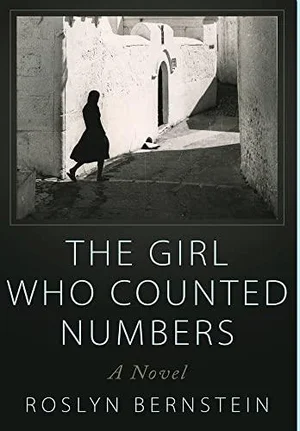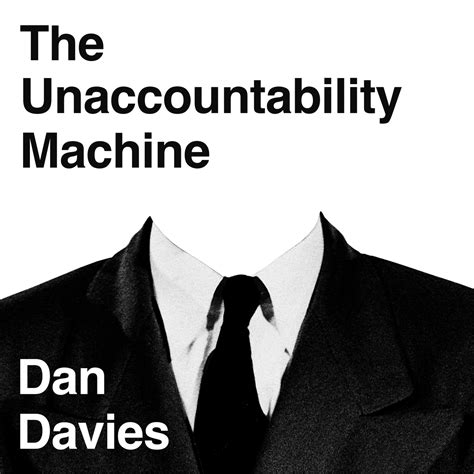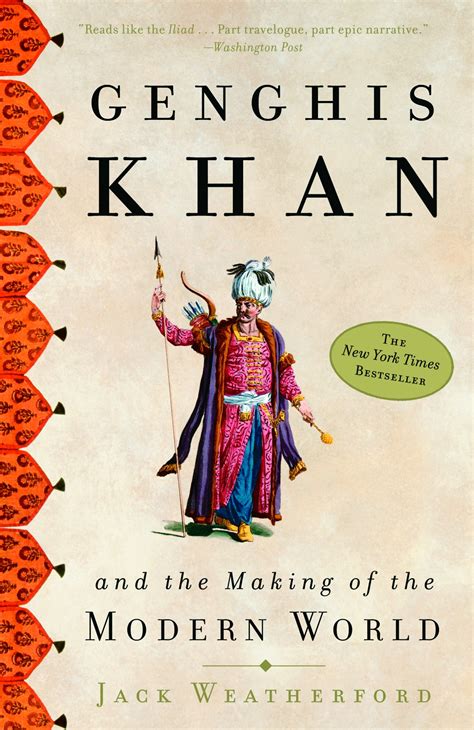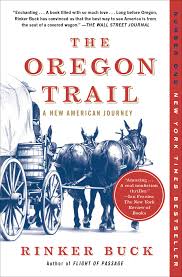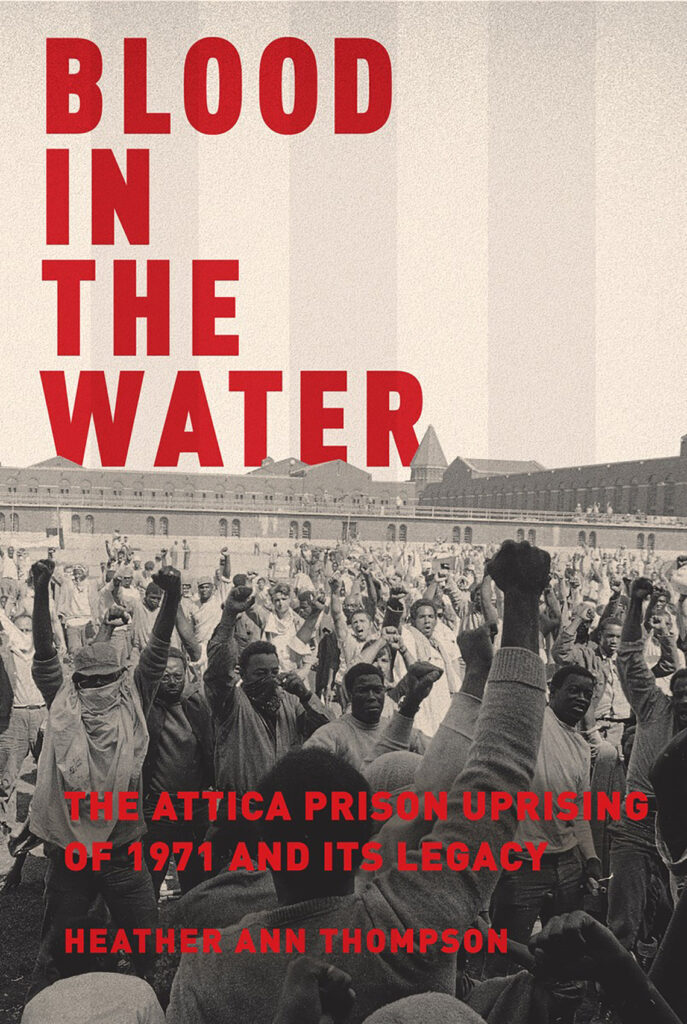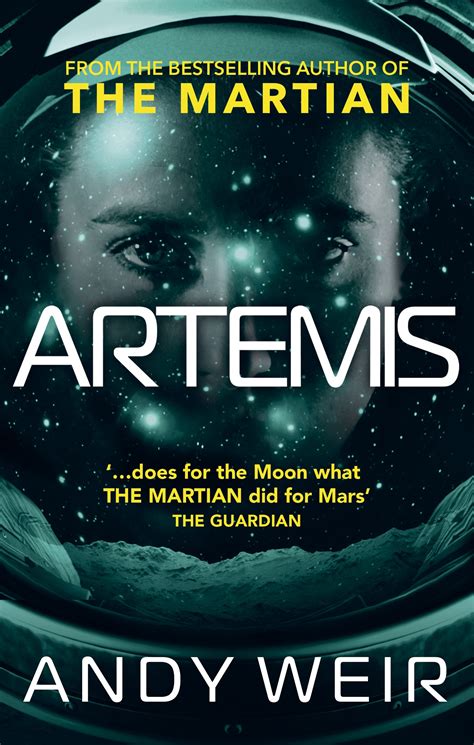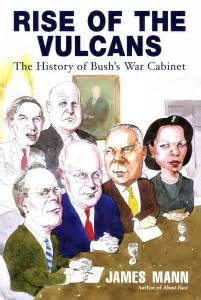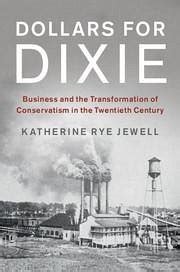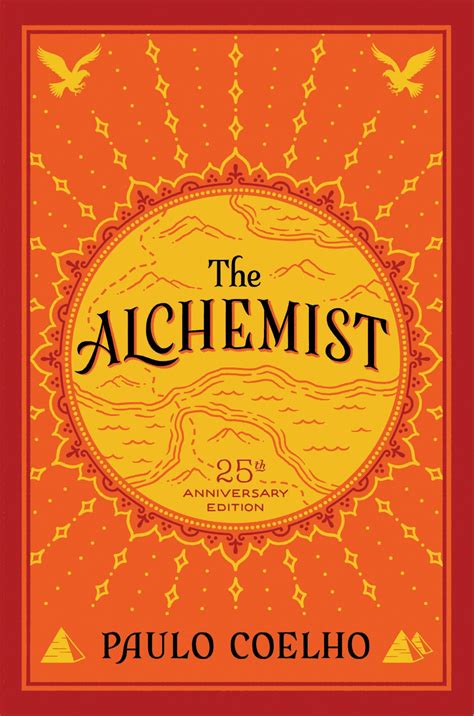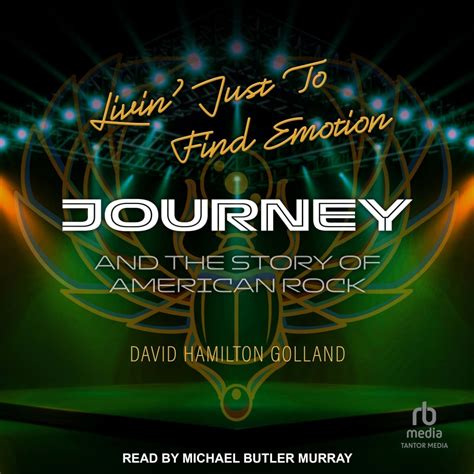Coming of Age in a Moment in History
Historical fiction is tricky. Too much history and it feels contrived. Not enough history and one wonders why the author chose those characters at that particular time and place. Done well, though, and something special can happen – the reader gains appreciation and understanding while enjoying a story. Roslyn Bernstein’s The Girl Who Counted Numbers gets it right.
Bernstein, an emerita professor of journalism and creative writing at Baruch College, has written five books and scores of articles. She knows how to tell a tale. In 1961, Bernstein spent more than half a year in Jerusalem. That experience was the genesis for the novel, the story of a 17-year-old Jewish American girl who travels to Israel to solve a family mystery. Bernstein’s heroine, Susan Reich, is a smart, intrepid sleuth in a strange land. She wrestles with questions of identity, agency, justice, racism, and Jewishness. While one is tempted to conflate Bernstein with Reich, the author is clear: the book is fiction.
The primary quest driving the book and the visit to Israel is for Susan to gain information on a missing family member. Her father immigrated to the US as a child while his brother, Yakov, remained in Poland. All contact among family members was lost during WWII. Reich’s father challenges Susan to track down information about Yakov. The horrors of Europe before and throughout the war are woven through the narrative.
Reich’s time in Israel coincides with the Eichmann Trial. A major Nazi figure who played a critical role in the Holocaust and the murder of untold numbers of Jews and others, Eichmann was captured by Israeli intelligence officers in Argentina following years of investigation. Eichmann was tried for his crimes, convicted, and executed in 1962. It was a global event that helped to define the horrors of the Holocaust to the entire world. Hannah Arendt, who briefly appears in The Girl Who Counted Numbers, wrote about the trial in her book Eichmann in Jerusalem: A Report on the Banality of Evil. Bernstein tracks the trial and how different people at the time talked about it – or not.
Bernstein’s novel incorporates another important historical event, the increased immigration of Moroccan Jews to Israel. Through financial support from US organizations and the government of Israel, more than 120,000 Jews were incentivized to immigrate over a decade. The Moroccan Jews faced many difficulties in their new country, including discrimination, poverty and limited economic opportunity. Bernstein situates Reich in the midst of this demographic seeking rights. Susan falls in love with a charismatic Moroccan Jew, a young man keen on leading a protest movement.
As you might imagine, the three threads of the novel facilitate fascinating interactions. Susan grows up quickly in the novel, becoming an adult with agency. Her relationship with her father, her family, and her history changes. Susan begins to chart a new future. She comes to understand, as do we as readers, the complexities of choice and identity. It is much easier to judge, particularly with the benefit of time and foreknowledge, than to understand. Above and beyond being an entertaining novel, The Girl Who Counted Numbers contains a powerful message about learning and growth.
David Potash
